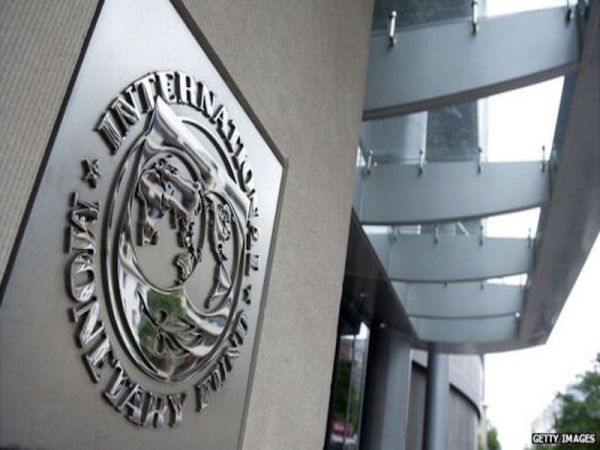 Despite some signs of relief in the first half of 2017, the International Monetary Fund (IMF) has declared that Nigeria’s economic backdrop remains challenging.
Despite some signs of relief in the first half of 2017, the International Monetary Fund (IMF) has declared that Nigeria’s economic backdrop remains challenging.
It also noted that near-term vulnerabilities and risks to economic recovery and macroeconomic and financial stability remained elevated.
These were part of the preliminary findings following the visit of an IMF staff team to Nigeria.
According to a statement by the IMF Press Officer, Mr. Andrew Kanyegirire, the staff team led by Amine Mati visited Nigeria between July 20 and 31, 2017 to discuss recent economic and financial developments, update macroeconomic projections, and review reform implementation.
He stated that at the end of the visit, Mati, who is the Senior Resident Representative and Mission Chief for Nigeria at the IMF, issued the statement.
The team, according to the statement, noted that economic activity contracted in the first quarter of the year by 0.6 per cent, mainly as maintenance stoppages reduced oil production.
It said: “However, following four quarters of negative growth, the non-oil economy grew by 0.6 per cent (year-on-year), on the back of a rebound in manufacturing and continued strong performance in agriculture. Various indicators suggest an uptick in activity in the second quarter of the year.
“Helped by favourable base effects, headline inflation decreased to 16.1 per cent in June 2017 but remains high despite tight liquidity conditions.
“Preliminary data for the first half of the year indicate significant revenue shortfalls, with the interest-payments to revenue ratio remaining high (40 per cent at end-June) and projected to increase further under current policies. High domestic bond yields and tight liquidity continue to crowd out private sector credit.
“Given Nigeria’s low growth environment and the banking system’s exposure to the oil and gas sector, non-performing loans increased from 6 per cent in 2015 to 15 per cent in March 2017 (8 per cent after excluding the four undercapitalised banks).”
The IMF team noted that faced with these challenges, the federal government started implementing a number of important measures, adding that the Economic Recovery and Growth Plan (ERGP) was driving the diversification strategy, and security in the Niger Delta improved through strengthened engagement.
It said: “The new Investor and Exporter FX window has provided impetus to portfolio inflows, helped increase reserves above $30 billion, and contributed to reducing the parallel market premium. Important steps have also been taken in implementing the power sector recovery plan, introducing a voluntary income and asset declaration program and moving forward the 60-day national action plan to improve the business environment.
“Progress is also ongoing within the oil and energy sector through the implementation of a new funding mechanism for cash calls,” it stated.
It, however, pointed out that near-term vulnerabilities and risks to economic recovery and macroeconomic and financial stability remain elevated, adding that at 0.8 per cent, growth in 2017 would not be sufficient to make a dent in reducing unemployment and poverty.





